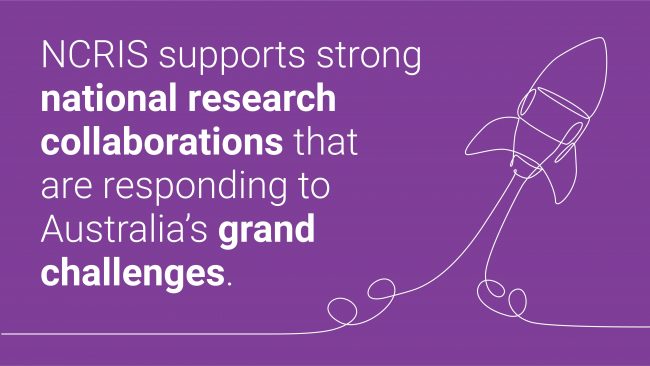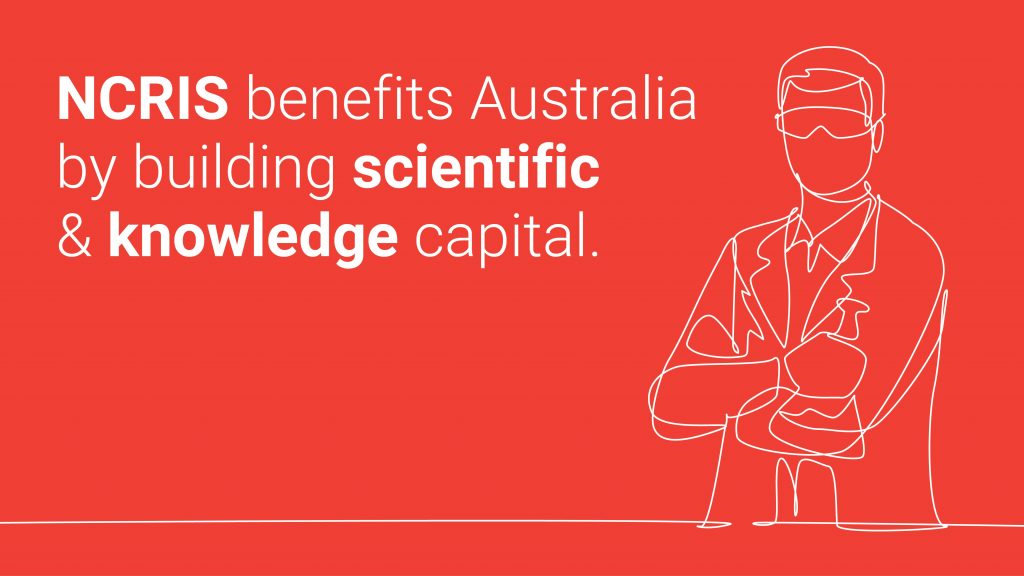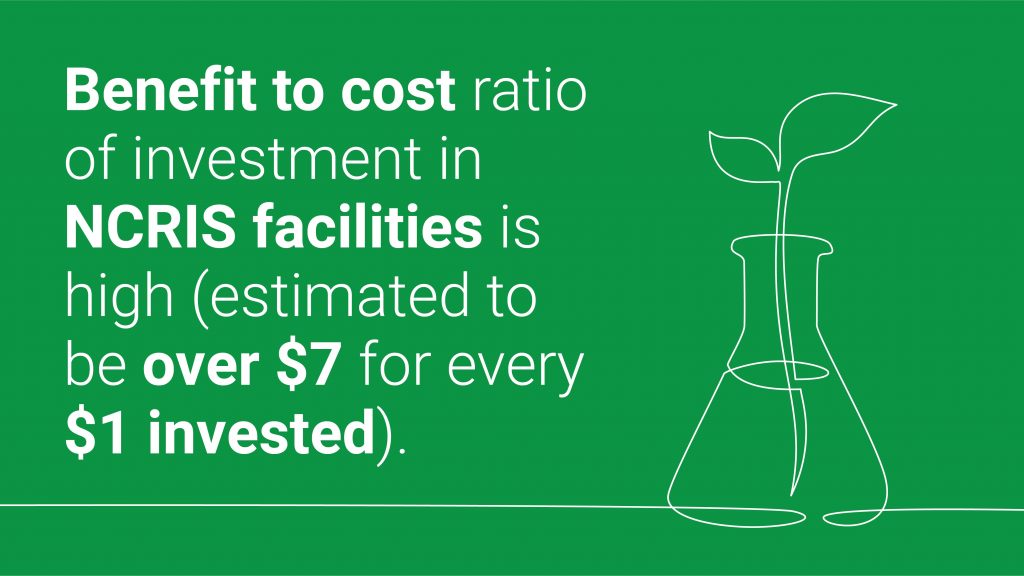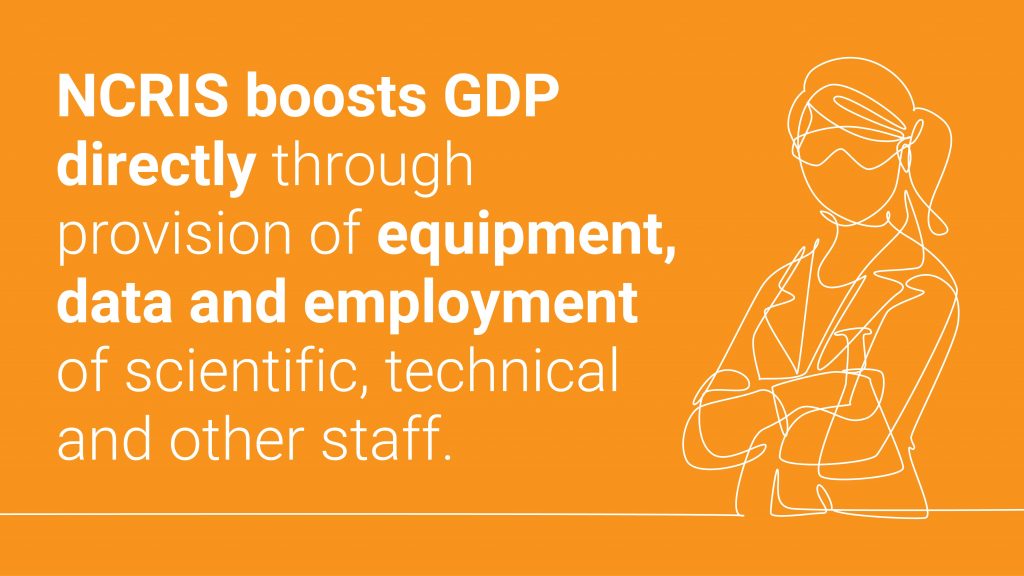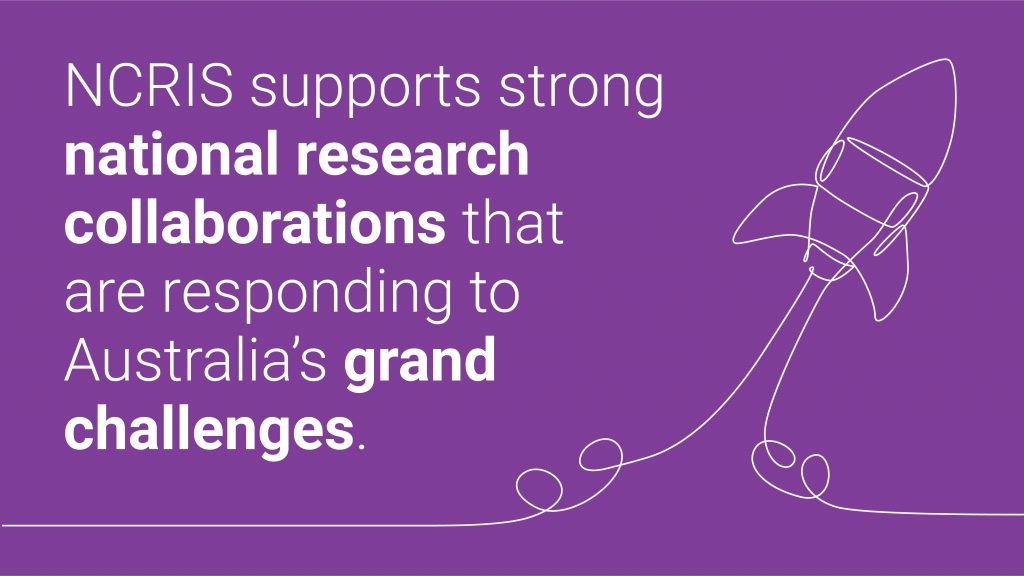Our top picks: Three webinars to boost the potential of your research with imaging
We are excited to promote opportunities to make imaging applicable across disciplines and institutions.
With the start of the academic year upon us, we’ve shortlisted our top webinar picks to upskill, broaden your understanding of advanced imaging capabilities, and get involved in the imaging community.
1. ACCS Brain Imaging Series with the Australian Characterisation Commons at Scale
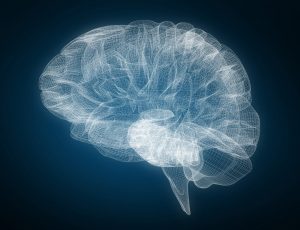
The ACCS Brain Imaging Series will bring together topical webinars and lectures with hands-on workshop sessions teaching practical skills in creating workflows and analysis pipelines for brain imaging data in the Characterisation Virtual Laboratory (CVL).
Register:
Lecture: 24 March 1:00pm – 2:00pm
Workshop: 31 March 1:00pm – 3:00pm
Troubleshooting session: 7 April 12:00pm – 1:00pm
2. The neuroscience of lifestyle interventions for mental health: the BrainPark approach with Monash Biomedical Imaging

In this webinar, Dr Rebecca Segrave and Dr Chao Suo will discuss BrainPark’s approach to developing lifestyle-based interventions to help people get better control of compulsive behaviours, and the multi-modality neuroimaging approaches they take to investigating outcomes.
Register:
Webinar: 16 March 12:30pm – 1:15pm
3. Introducing healthcare research, development, and deployment technologies with NVIDIA Clara™ (last chance to register)

NVIDIA Clara™ is a healthcare application framework for AI-powered imaging, genomics, and the development and deployment of smart sensors. It includes full-stack GPU-accelerated libraries, SDKs, and reference applications for developers, data scientists, and researchers to create real-time, secure, and scalable solutions.
Register:
Day 1: 22 February (9:00am – 11.30am)
Day 2: 23 February (9:00am – 11.00am)


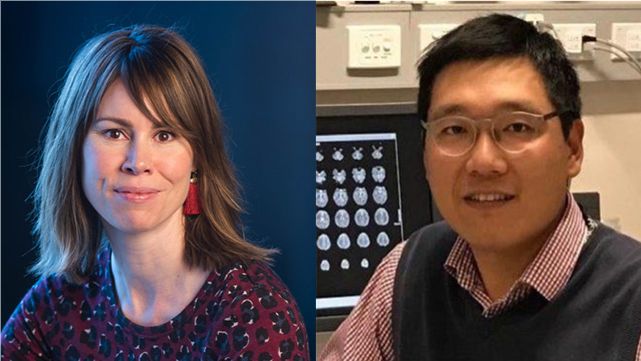
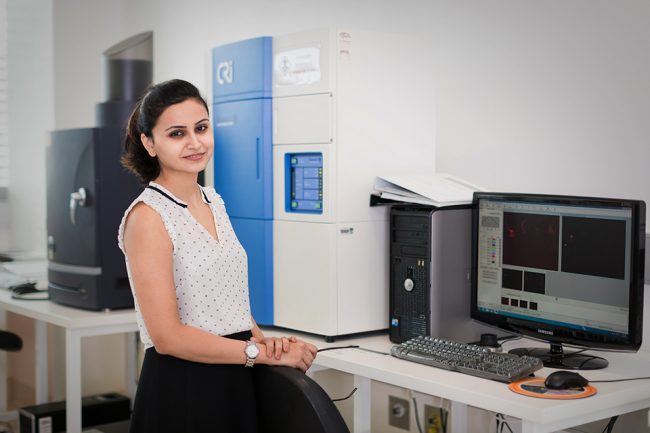
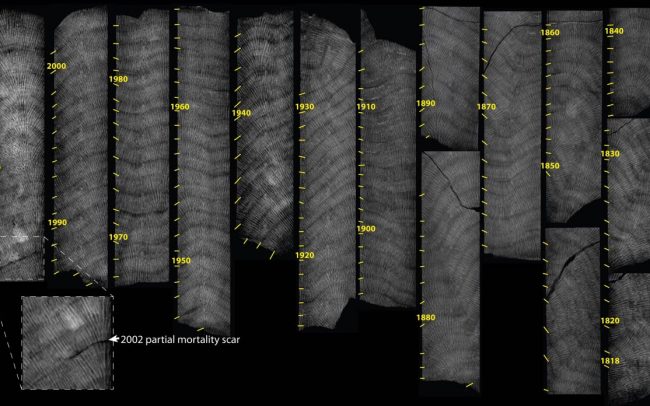 Image: Coral stress band imaging, as part of Diana’s work assisting researchers with the study of acclimatisation of reef-building corals
Image: Coral stress band imaging, as part of Diana’s work assisting researchers with the study of acclimatisation of reef-building corals
